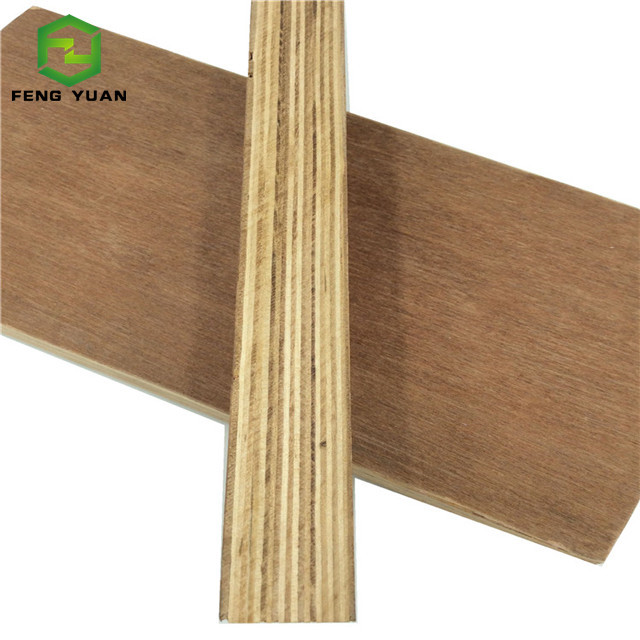Medium density fibreboard (MDF) is very commonly used in material in furniture manufacturing, construction and most popularly used in interior decoration.
With help new emerging printing technologies different customized printing techniques can be used to cater to customize customer needs for personalized demands and interior decorations.
The same is done with the use of Digital printing technique the printing can be done on either one or both sides with a standard colour option or high quality printed images.
High glossy UV board means painting on MDF, plywood, widely used for furniture, carbinet etc.
If you are interested in high glossy UV board , please see more at https://chinafiberboard.com/ This video shows how produce the glossy UV board, this is bottom 5 floors, face 2 floors. YWe warmly welcome wholesalers, traders, furniture factories, construction projects team to contact us freely. We definitely will provide you with both high quality goods and great service.
Hangzhou Fengyuan Wood Co.,Ltd
Web: https://chinafiberboard.com/
el: +86-571-86063713
Whatsapp: +8615868403313
Email: sales@fengyuanwooden.com
Plywood is a three-layer or multi-layer board-like material made of wood pieces that are peeled into veneer or sliced into veneer from wood, and then glued with adhesive. Usually, odd-numbered veneers are used, and adjacent veneers are used The fiber directions are glued perpendicular to each other.
Plywood is one of the commonly used materials for furniture and is one of the three major panels of wood-based panels. It can also be used as a material for aircraft, ships, trains, automobiles, buildings, and packaging boxes. A group of veneers is usually formed by gluing the adjacent layers of wood grains perpendicular to each other. The surface board and the inner board are usually arranged symmetrically on both sides of the central layer or the core. A slab made of glued veneers crisscrossed in the direction of the wood grain is pressed under heating or non-heating conditions. The number of layers is generally odd, and a few have even numbers. There is little difference in physical and mechanical properties in the vertical and horizontal directions. Commonly used types of plywood are three plywood, five plywood and so on. Plywood can improve the utilization rate of wood and is a main way to save wood.
The usual length and width specifications are: 1220×2440mm, and the thickness specifications are generally: 3, 5, 9, 12, 15, 18mm , etc. The main tree species are: beech, camphor, willow, poplar, eucalyptus, etc.

What is Hot pressing for hardboard? This is the questions we asked mostly from our clients, let's discuss it together.
The hot-pressed wet-process method produces a hard-fiber board with a pressure of 5 MPa and a dry method of 7 MPa. Above this pressure, the bending strength is reduced. The pressure required for the semi-dry method is between the two, at 6 MPa. The wet-formed slab is pressed into a hard fiberboard at a pressure of up to 10 MPa. The temperature used in the wet pressing method is 200 to 220 °C.
There is no drying stage when dry pressing, the temperature is based on the rapid curing of the adhesive, generally 180 ~ 200 ° C; when using hardwood as raw material, the hot pressing temperature can be appropriately increased, up to 260 ° C. The semi-dry hot pressing temperature should not exceed 200 ° C to prevent the melting of lignin and sugar hydrolysis coking in the slab, so that the strength of the product is significantly reduced.
The temperature required to produce a hard board by wet drying is 230 to 250 °C. During the hot pressing process, the temperature difference between the surface layer and the core layer of the slab may occur, and the temperature difference of the core layer of the medium-density slab having a large thickness may reach 40 to 60 ° C, which affects the curing rate of the core resin. Conventional heating and high frequency heating can be used to eliminate temperature differences and shorten the hot pressing cycle.
After hot processing, hardboard, mdf, plywood will be have a good quality & stable technical nature.

Plywood is a board of plies or sheets of real wood glued together. The arrangement of these sheets which have grains will determine the strength of the whole material. There are numerous instances where plywood is used for different purposes. Some of its applications are on floors, roofs, furniture which are custom built, walls and kitchen cabinets. Below are the types of plywood:
Hardwood plywood
This type of plywood has great strength and stiffness. With great impact resistance, hardwood plywood is used for wall structures. Although it will require finishing for a smooth attractive look, hardwood plywood can be used in making furniture. Hardwood plywood can be made from oak, mahogany, birch or maple.
Softwood plywood
Softwood plywood is a product derived from softwood trees such as fir, cedar and spruce. Softwood plywood is mostly used in furniture making whereas hardwood is applied in construction. Moreover, softwood plywood is less expensive than hardwood plywood but less durable than the latter.
Tropical plywood
This type of plywood is derived from tropical wood. It has a better strength and quality than softwood plywood. This has brought about an increase in its demand worldwide. There has also been an increase in its price as buyers search for reliable sources in Asia and Africa.
Advantages of plywood
Disadvantages of plywood
Copyright © 2024. Hangzhou Fengyuan Wood Co.,Ltd All rights reserved.